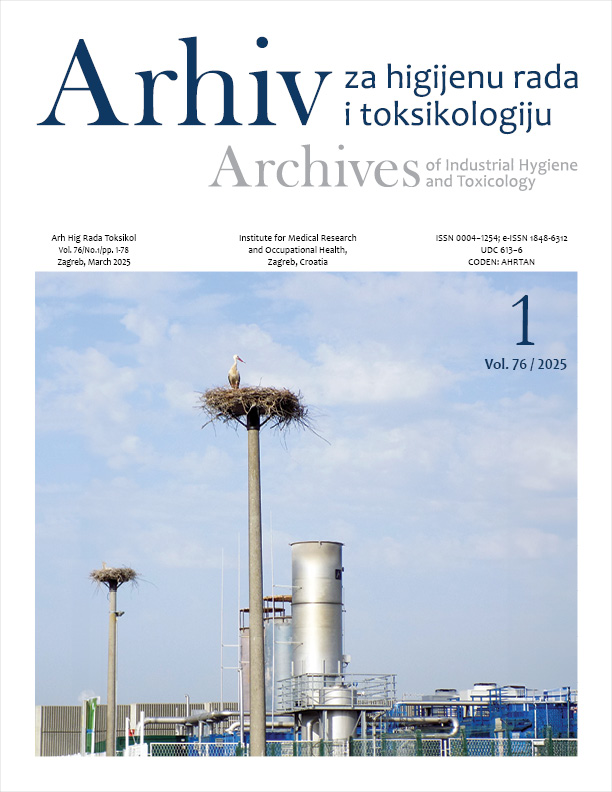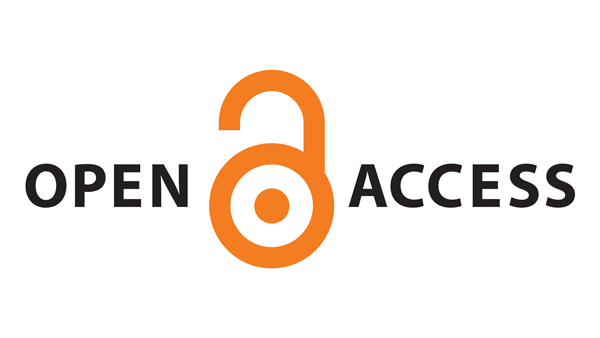Protective effects of chlorogenic acid against glyphosate-induced organ and blood toxicity in Wistar rats
DOI:
https://doi.org/10.2478/aiht-2025-76-3955Keywords:
8-OHdG, ALP, ALT, AST, blood, brain, CAT, CGA, creatinine, DNA damage, GSH, heart, herbicides, histopathology, kidney, liver, MDA, oxidative stress, SOD, ureaAbstract
Glyphosate, a widely used herbicide against broadleaf weeds and grasses, has been associated with various harmful effects. Our study examines the efficacy of chlorogenic acid (CGA) in alleviating the toxicity of a glyphosate-based herbicide (GBH) in 42 Wistar rats across six groups of seven animals receiving either no treatment (control), CGA alone (50 mg/kg), GBH alone (800 mg/kg), or their combinations varying three CGA doses (12.5, 25, or 50 mg/kg) (CGA12.5+GBH, CGA25+GBH, and CGA50+GBH, respectively) by oral gavage over 49 days in a row. At the end of the experiment, samples of blood, brain, heart, liver, and kidney tissues were collected and analysed for oxidative stress indicators (MDA, GSH, SOD, CAT), oxidative DNA damage (8-OHdG), liver and kidney function markers (AST, ALT, ALP, urea, and creatinine) as well as for histopathological changes. As expected, GBH increased AST ALT, ALP, urea, creatinine, 8-OHdG, and MDA levels, and lowered GSH levels and SOD and CAT activities, leaving histopathological changes in the brain, heart, liver, and kidney tissues. CGA dose-dependently improved biochemical and oxidative stress parameters and reversed histopathological changes in GBH-treated albino rats. Our findings consistently confirm the potential of CGA as a promising natural agent against the adverse health effects associated with exposure to glyphosate. Future research should focus on long-term glyphosate exposure and CGA treatment using molecular methods and on the signalling pathways associated with oxidative stress.
Downloads
Published
Issue
Section
License
Copyright (c) 2025 Ruhi Turkmen, Yavuz Osman Birdane, Orkun Atik, Hasan Huseyin Demirel, Durmus Fatih Baser

This work is licensed under a Creative Commons Attribution 4.0 International License.














